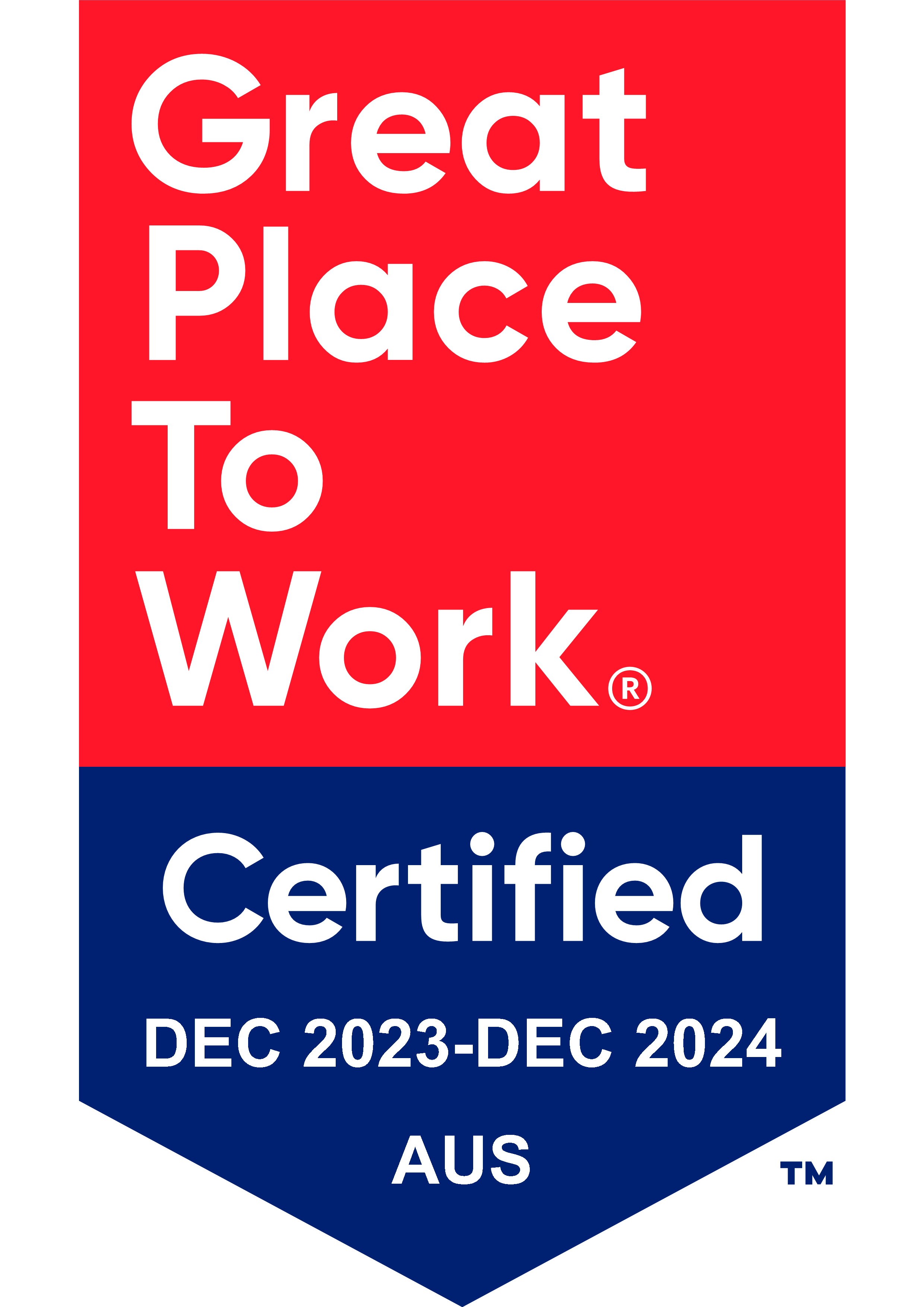CPM vs CPC: Which Advertising Model Is Right For Your Business?
Unsure which advertising model is right for your business when it comes to CPM vs CPC? Discovering the most effective advertising model for your business can often feel like searching for a needle in a haystack. It’s like learning a new language with all the different terms.
In this article, ADMATICIAN and Performance Specialist, Tatiana Ferandez shares her expertise about the two important concepts in digital advertising – CPM and CPC. She’ll help you figure out which model is the right fit for your business.
If you’re interested in learning more about CPM and CPC, check out our Performance Marketing, SEM and SEO page to find out more.
What is CPM, and how does it compare to CPC?
CPM, or Cost Per Mille, is an advertising model where businesses are charged for every 1000 impressions of their ad. In simple terms, each time an advertisement appears on a user’s screen, it counts as one impression. CPM is thus an excellent option for companies seeking to increase brand awareness and visibility. It allows your ad to reach a vast audience and helps build recognition over time.
On the other hand, CPC, or Cost Per Click, is a model where businesses are charged each time a user clicks on their ad. This model is highly suitable for campaigns focused on direct responses, like lead generation or driving sales, as it ensures that you only pay when a user interacts with your ad by clicking on it.
CPC vs CPM: which one to choose?
To decide between CPM and CPC, you must understand your business objectives and target audience. Are you aiming for mass visibility and brand awareness? Or are you focused on driving specific user actions, such as website visits, purchases, or sign-ups?
If you’re looking to boost brand exposure, CPM may be the right choice for you. This model allows your business to reach thousands of potential customers with a single ad, increasing the probability of brand recall. It’s an excellent choice for businesses with a large target audience or those launching new products or services.
Drawbacks of CPM
A key drawback of the CPM model is that it doesn’t guarantee engagement. You’re paying for impressions, not interactions, which means you might reach a thousand people, but if none of them engage with your ad, your return on investment could be minimal.
In contrast, the CPC model ensures that you only pay when someone takes action on your ad. This is a more performance-driven approach, ideal for businesses seeking tangible results like website traffic or conversions. If your business sells products or services online, or if you’re running a specific promotion, CPC can provide a more direct return on your investment.
Drawbacks of CPC
It’s essential to bear in mind that while CPC can provide more immediate results, it can also be more costly than CPM, particularly in competitive industries where many businesses are vying for the same keywords. Find out What Are Keyword Match Types if you’re interested in learning more about nailing specific keywords to rank for.
Another critical factor in your decision should be your advertising budget. CPM can be a more cost-effective model for businesses with smaller budgets, as it can offer a larger reach for a lower cost. In contrast, while CPC can deliver more immediate and tangible results, it can quickly eat into your budget if not managed effectively.
Summary
In conclusion, both CPM and CPC have their strengths and weaknesses. If brand awareness is your primary goal, the wide reach of CPM might be your best bet. If your goal is direct response and immediate ROI, then CPC could serve you well.
Ultimately, the choice between CPM and CPC should align with your business goals, audience, and budget. You might even find that a combination of both models works best for you. Regardless of the path you choose, remember that the success of your advertising campaign relies not just on the model you use but on a well-thought-out strategy, compelling content, and continual optimisation. So, evaluate your goals, study your audience, and start advertising!
Get in touch with an ADMATICian today so we can help you leverage your media strategy.
Next Article


